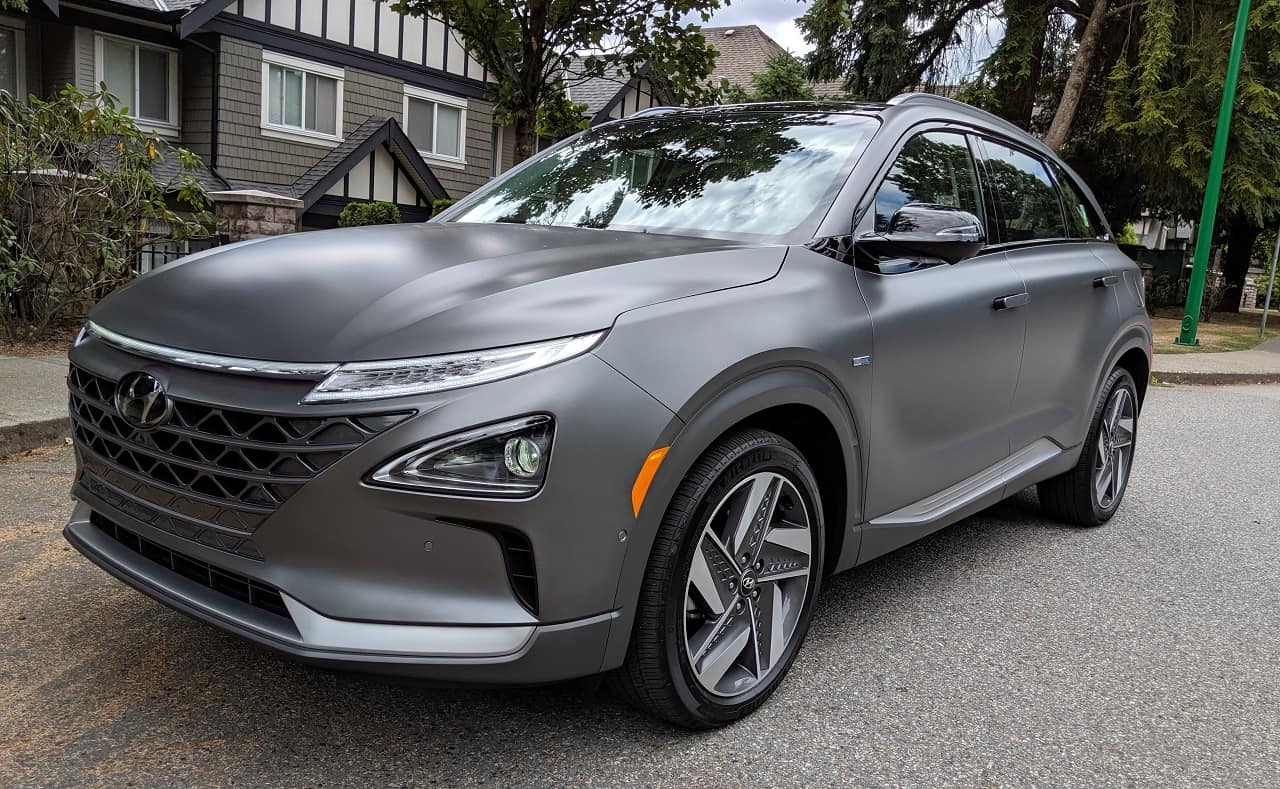Some men enjoy sports; some like talking about video games and movies or fishing and the weather. But every holiday season, no matter what you like or who you know, you are all but destined to come in contact with the car guy. At a family function, a workplace event or even at your friend’s holiday get-together, the car guy will try to corner you to talk about all things engine, body, features and details. A regular, non-gearhead is likely to drown in such conversation — unless they take the time to learn a few talking points about cars.
You aren’t going to survive this encounter by cramming information about how engines work or which makes and models are popular. Instead, you should keep your head above water by paying attention to where the auto industry in general is headed, which actually impacts how you and your car-guy pal will get around in 2020 and beyond.
The SAEV
Perhaps the biggest-ever shakeup to the automotive industry — indeed, to transportation in general — is the introduction of the SAEV, or the shared, autonomous, electric vehicle. Though the SAEV doesn’t yet exist, it promises to disrupt everything automobile manufacturers have grown to love and expect. Knowing a bit about the SAEV is sure to launch more than a few passionate discussions this holiday season, so let’s get into the details:
Shared
Though most consumers are rabidly interested in autonomousness, the truth is that the SAEV’s “shared” quality is what is most revolutionary. Since the introduction of the automobile, cars and trucks have been personal vehicles, purchased by consumers for personal use. This is wonderful for manufacturers, who are all but guaranteed to sell several vehicles per household.
Yet, shared vehicles are becoming more and more popular. Consider the rise of ridesharing services like Uber and Lyft as well as carsharing programs like Zipcar — these are instances of many people sharing fewer vehicles. Often, the choice to ride- or carshare is more economical than purchasing and maintaining a personal vehicle because users eliminate costs like registration, insurance, fuel and maintenance. Plus, the introduction of convenient technologies, like those at https://zurichcc.com/, make it easier for small businesses to launch and manage fleets of SAEVs, and greater competition means lower prices for users and greater adoption.
Autonomous
Autonomousness is a crucial feature of the SAEV for several reasons. The most obvious is that driverless cars don’t require fleet owners to pay and manage drivers, which reduces expenses and allows prices to drop for consumers. However, perhaps more important than that is that autonomous vehicles come jam-packed with software that guarantee greater efficiency and safety on the road. When cars can talk to one another, they can prevent collisions, traffic jams and other inconveniences of driving. Thus, transportation becomes smoother and faster for everyone, even those not taking advantage of SAEVs.
It seems like science-fiction has promised us robot cars for ages, but even so, most consumers are a confusing mix of eager and apprehensive about autonomous vehicles hitting the road. Automakers like Tesla, Nissan and General Motors initially promised that driverless options would be available by 2019 — but that obviously isn’t the case. Nowadays, automakers and tech titans like Google (read more here: https://waymo.com/tech/) assert that autonomous vehicles won’t be available to the public, let alone widespread, for another decade or more. However, it is important to remember that it is unlikely you will own a robot car of your very own; instead, you will use them in SAEV fleets.
Electric
The final component of the SAEV is the reason the SAEV is humankind’s salvation. As you well know, most cars currently run on gasoline, an oil product that spews carbon gases into the atmosphere and causes untold environmental degradation. If automakers can produce vehicles that run on something cleaner — to reduce or eliminate their emissions — we can worry less about the environmental destruction that every car trip causes. That’s why the SAEV must be electric; otherwise, it continues to cause many of the problems of our current car culture.
Tesla has demonstrated that electric vehicles aren’t a futuristic concept; we can have them now, and they can look cool and be relatively affordable, to boot. The problem is that most widely used sources of electricity aren’t particularly clean; coal and oil plants especially are a bit more efficient than vehicle engines, but they still emit disheartening amounts of harmful emissions.
Yet, even if electric vehicles aren’t cleaner by leaps and bounds right now, they will be eventually. Already, regions around the world are transitioning to solar, wind and similar clean, green energy sources. As this happens, electric vehicles, too, will become more sustainable options.
It’s hard to say what kind of gearhead will approach you this holiday season, but armed with this information about shared fleets, autonomous tech and the benefits of electric engines, you will certainly have something to talk about.

